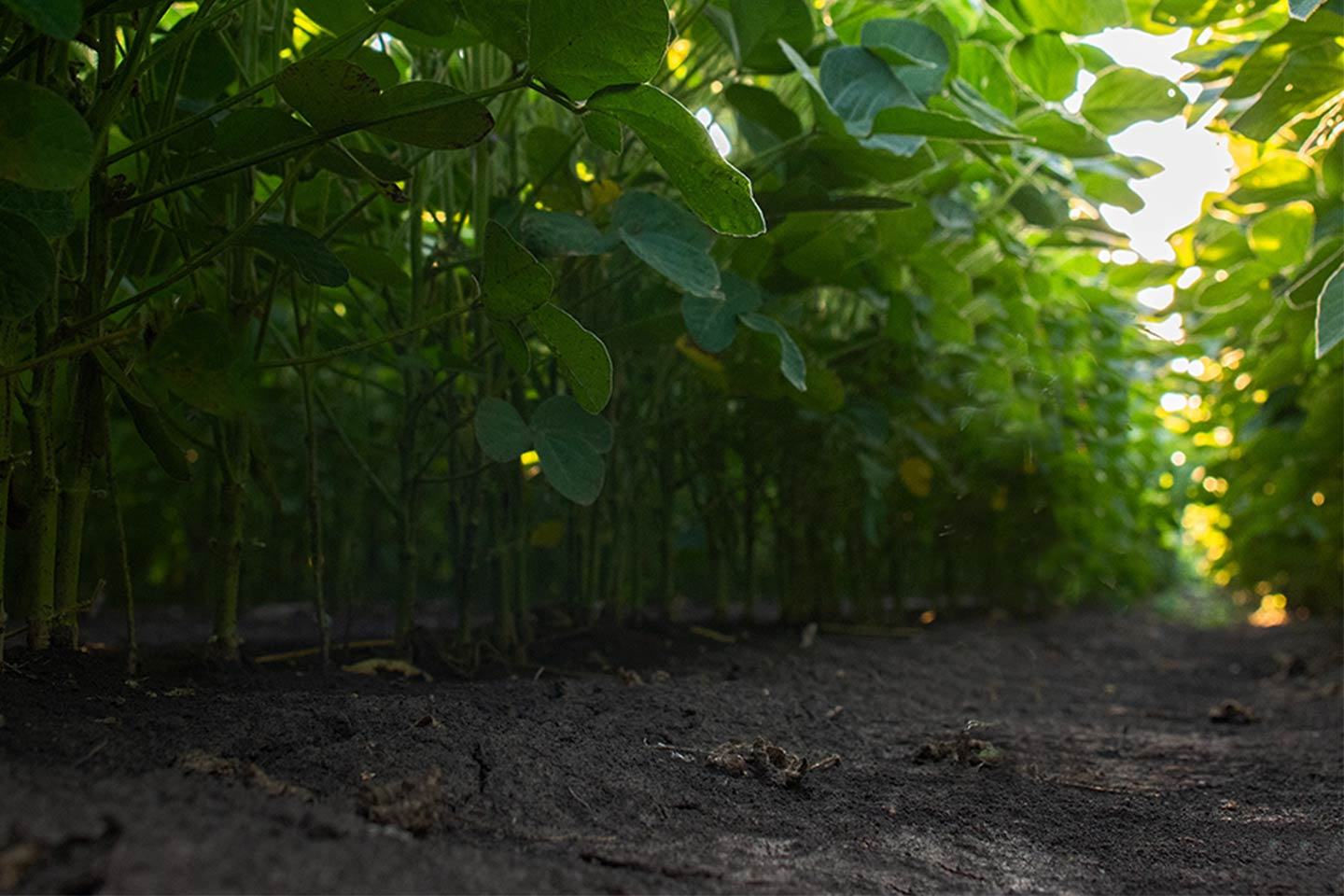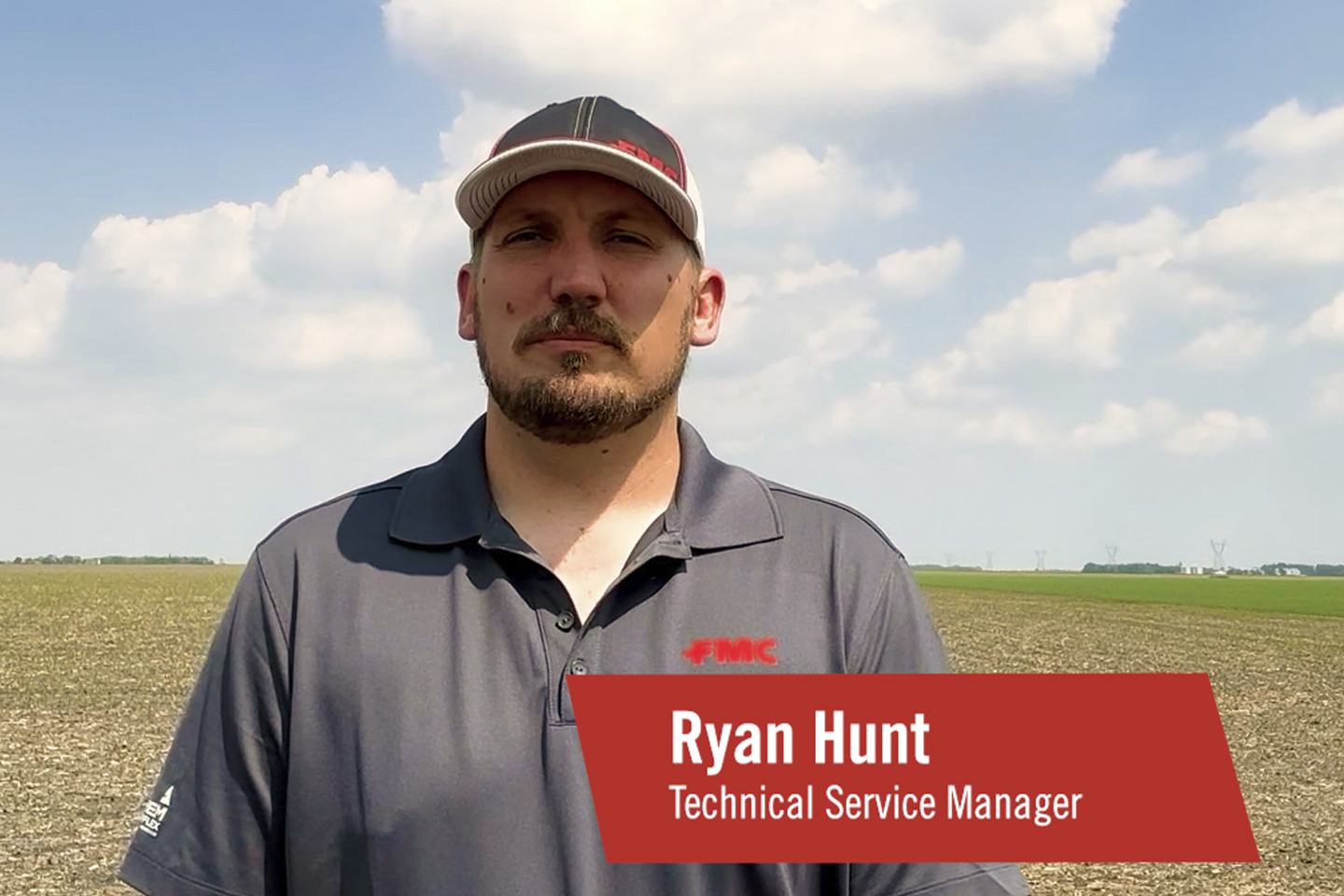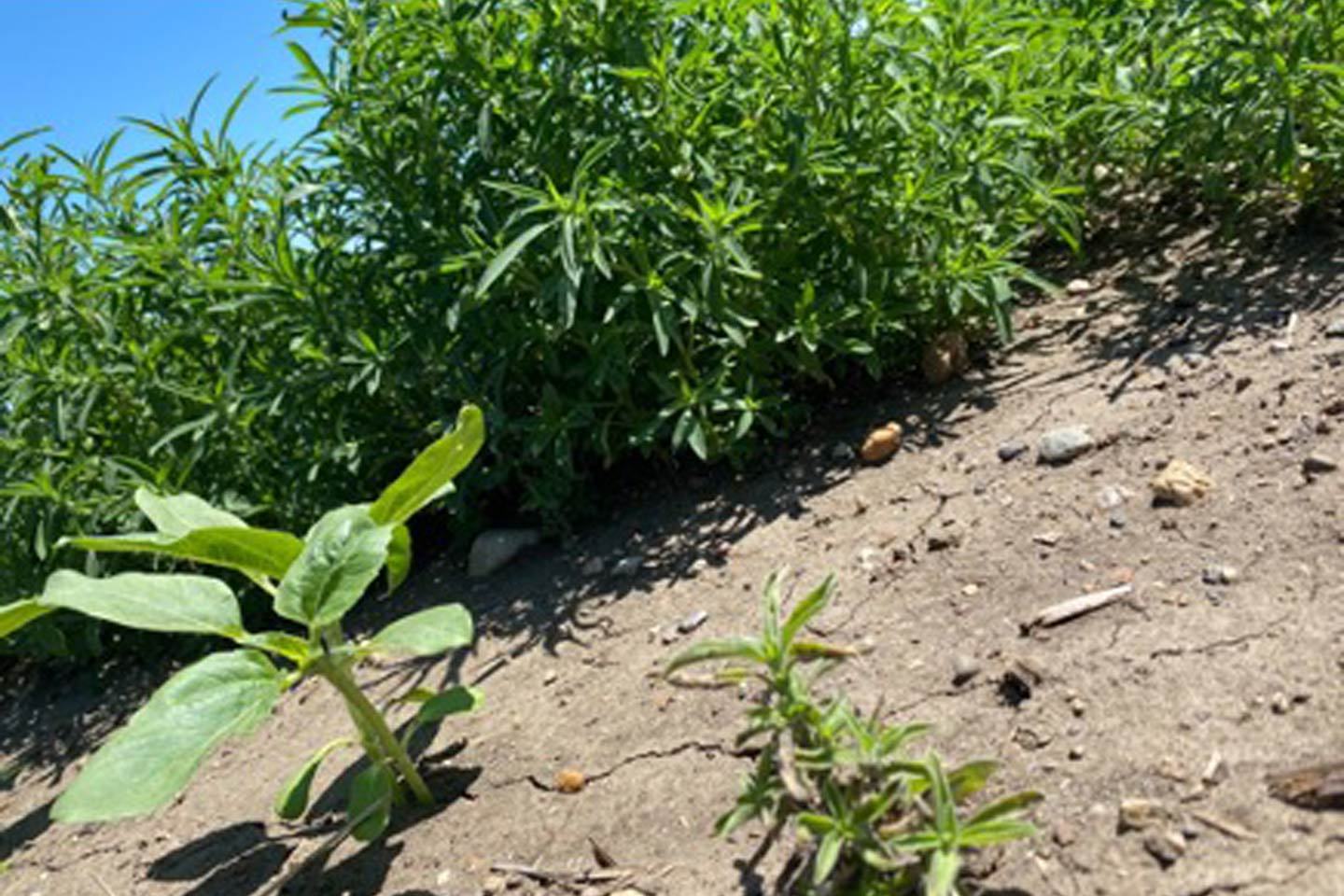Originally published March 22, 2022
croplife magazine
Every growing season poses a multitude of challenges for growers, from Mother Nature to operational constraints. The 2022 growing season will be no different.
But there’s one area that’s taking up a lot of mindshare for growers and retailers: herbicide availability. It’s a topic that’s dominated conversations all winter-long and still has us scratching our heads as to what the short and long-term effects will be due to this situation.
As we’re staring down the start of planting in many geographies, I’m left with two questions:
- What can we do to stay on track with our weed control given the realities posed by supply?
- Will these supply challenges have broader implications on crop nutrition programs in 2022?
Residual Herbicides: The Swiss Army Knife of Weed Control
Simply put, residual herbicides are like a Swiss army knife for growers. They help us address herbicide-resistance development, give us flexibility with in-season weed management decisions and can reduce the burden placed on a postemergence herbicide application.
With how postemergent herbicide supply is shaking out this spring, all growers should be using residual herbicides — these products are as important now as they ever have been. Residual chemistry can help fill the gaps in weed control, especially when growers are unable to secure their preferred postemergent herbicide or needed amount of product this spring.
These solutions give growers flexibility when timing their postemergent herbicide. And to maximize that flexibility, I recommend focusing on starting clean and staying clean. Use overlapping postemergent residual applications in-season to compliment preemergence applications. This will allow growers to sustain a layer of protection from the preemergent to the postemergent application stage.
Another key for getting the most out of residuals this spring is to stay true to the residual life. This is particularly important when preparing for the postemergent application. If a grower puts down a preemergent with a good residual, they should time their post application to occur 21 to 28 days later. This optimal timing allows growers to overlap their applications and reduce chances for weed escapes. While this is a guide, we still need to keep an eye on weed size, too.
One warning. There will be growers who try to stretch their limited herbicide supply across as many acres as possible. We know residuals with multiple modes of action are most effective when applied at the full use rate. Not following the label’s recommended use rate opens the door for exposing weed biotypes in the field to the sublethal rates of herbicide. History tells us sub-lethal rates lead to herbicide resistance. And we do not want history to repeat itself.
The Fertilizer and Nitrogen Connection
Exasperating the herbicide situation, growers are facing higher than normal fertilizer and nitrogen prices. As these inputs’ prices continue to climb, growers are having to make difficult decisions based on economics that will affect weed management programs.
Due to fertilizer and nitrogen prices, there’s a chance we’ll see some last-minute crop changes. We could see growers shift from more crop nutrition program intensive crops like corn and rice to commodities that use fewer resources, such as soybeans and cotton. It’s a step growers are seriously evaluating and one that would further affect herbicide supply. The supply chain might not be able to react quick enough to address new in-season demand.
2022: A Year for Meticulous Planning and Patience
Growers have been very proactive over the last 6+ months in sourcing herbicides before availability really became an issue. It’s likely there will be situations where herbicide deliveries will be last-minute or cutting it close to application times.
There’s a lot to assess over the next few weeks before, during and after herbicides applications are made. Right now it’s about planning. Planning for what we know and don’t know. Don’t be surprised if Plan B, C or D gets called up to bat this season.
Always read and follow all label directions, precautions and restrictions for use. FMC and the FMC logo are trademarks of FMC Corporation or an affiliate. ©2022 FMC Corporation. All rights reserved. 22-FMC-0639 03/22



